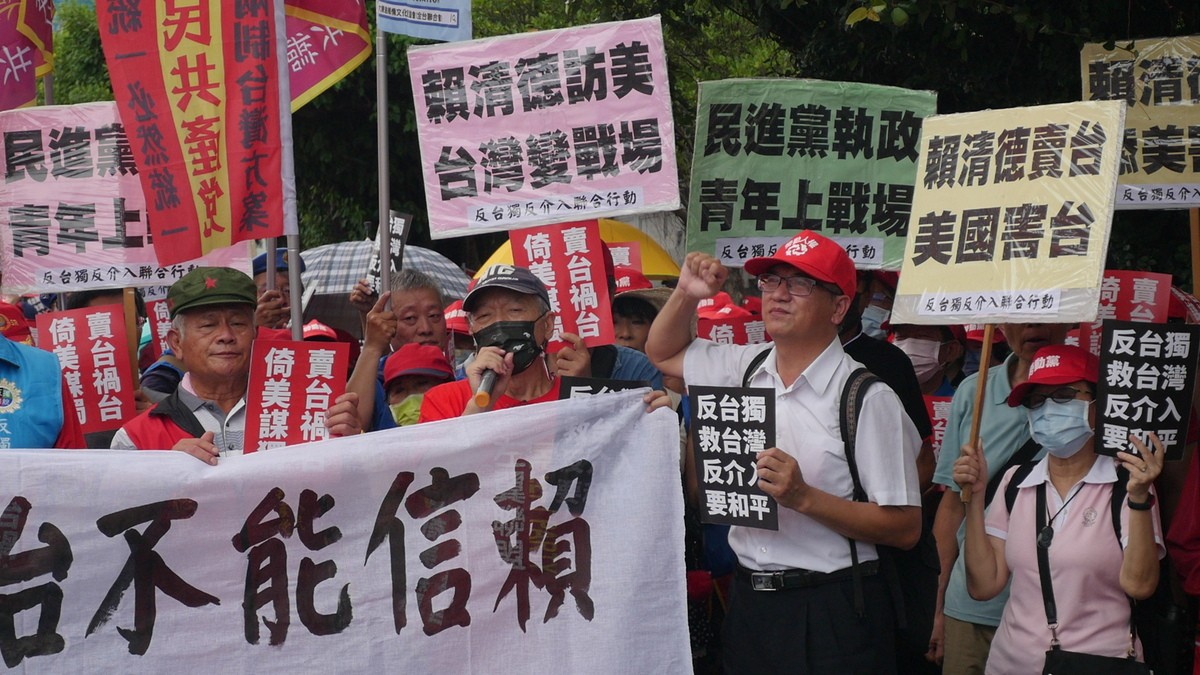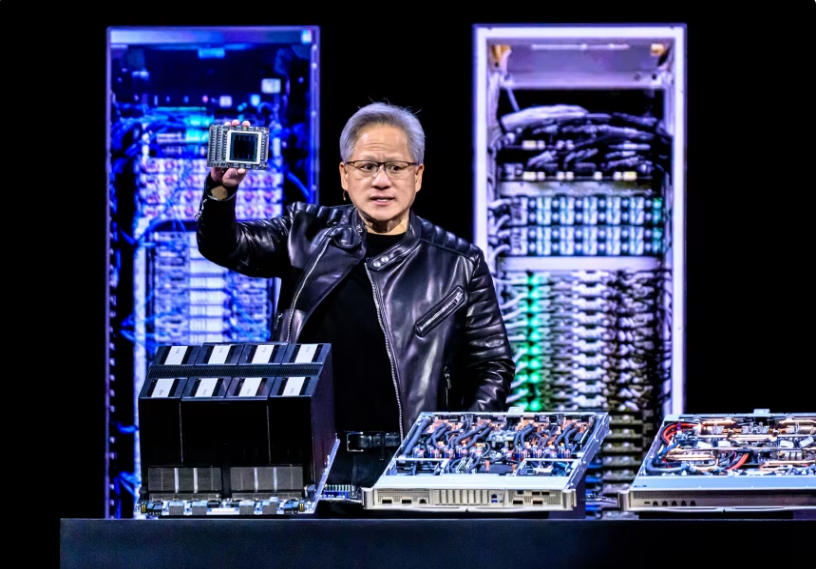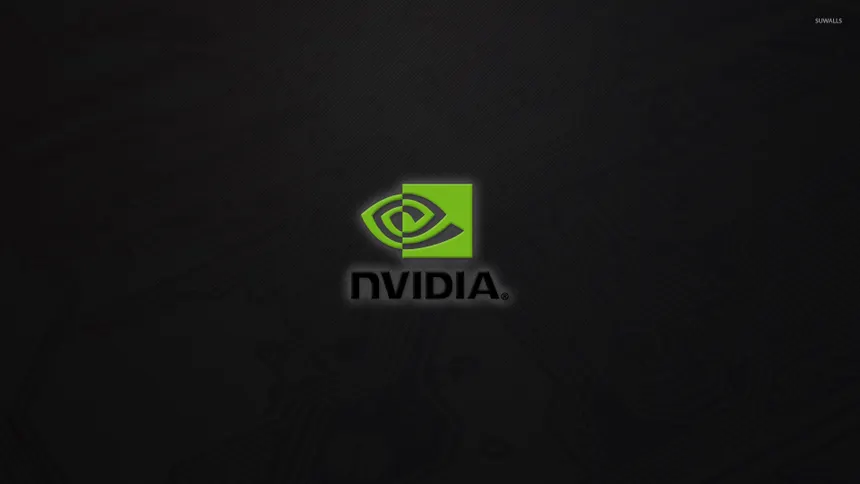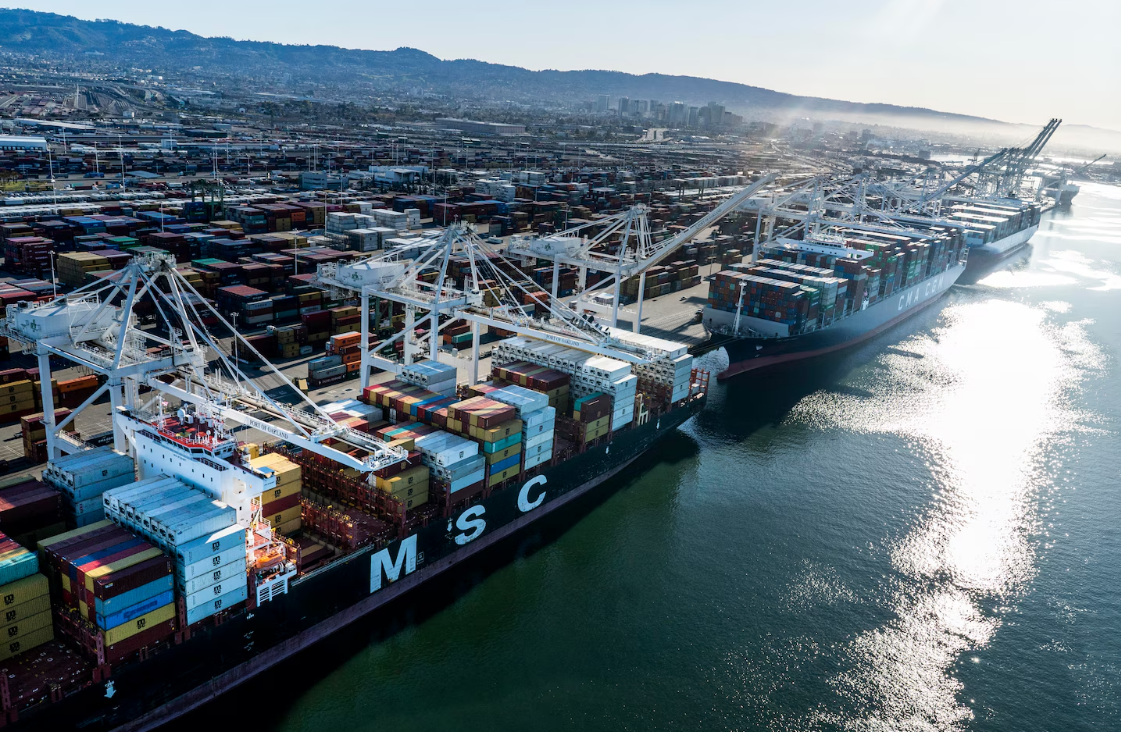China in red as Taiwanese leader Lai Ching’s US visit hits its ‘core’ interest
China is in a fix over its move around Taiwan as the more Beijing tries to intimidate Taipei, the more the US, the self-ruling island’s undeclared ally, in reaction gives it pains in the neck, leaving it with little option but to fret and fume and send warplanes across the Taiwan Strait to frighten the islanders.
While Taiwanese presidential front runner William Lai Ching-te like his main rival and the island’s current President Tsai Ing-wen has shown that he is not the one who could be cowed down under China’s threat. His stopover in the US, on the way to Paraguay, has Washington DC faced with condemnation from Beijing for welcoming him.
But both the US and Taiwan appear determined to make China realise that its whimpering over Washington DC’s growing interaction with the self-ruling island is worth no salt.
Lai Ching-te, who is also Taiwan’s Vice President, arrived in New York City on August 12 for “what is officially a transit on his way to Paraguay for the inauguration of its President,” The Guardian said in its report. By facilitating his stopover in the US and offering him an opportunity to meet American lawmakers and American-Taiwanese people in New York City, Washington DC has hinted categorically that it will continue to support Taiwan and have closer interaction with island leaders.
After a 24-hour stopover in New York City on August 12, Lai Ching-te headed for Asuncion to attend the inauguration of Paraguay’s new President Pena Palacios. Paraguay, a Latin American country is one of Taiwan’s 13 remaining diplomatic allies and by attending the event, Li Ching-te, who is running for presidential election in the self-ruling island which is expected to be held in January 2024—has shown off his “foreign policy chops,” Politico, the US-based newspaper, said.
“China firmly opposes any form of official interaction between the US and the Taiwan region. We firmly oppose any visit by “Taiwan independence” separatists to the US in any name or under whatever pretext, and we firmly oppose the US government having any form of official contact with the Taiwan region. China deplores and strongly condemns the US decision to arrange the so-called “stopover” for Lai Ching-te,” China’s Foreign Ministry Spokesperson said on August 13.
The visit by the 63-year-old former doctor to the US, nonetheless, has marked a new low in the ongoing diplomatic, economic, and strategic slugfest between the US and China.
Since last year, especially after Russia’s invasion of Ukraine, the US, and its allies fear that China may undertake the same move against Taiwan, which is considered by Beijing as its sovereign territory.
Activities of the People’s Liberation Army around the self-ruling island and President Xi Jinping’s goal of “national reunification” as the “essence of national rejuvenation” has convinced the US and its European and Asian allies that China would not renounce its Taiwan’s unification plan. As such, Xi Jinping’s third five-year term as China’s President is closely watched by Washington DC.
Along with increasing its political and diplomatic interactions with Taiwanese leaders, the US has started giving the self-ruling island military aid. Last month, it announced a $345 million military aid package for Taiwan to counter China’s threat.
On July 30, the White House said the package would include defence, education, and training for the Taiwanese military. This package is in addition to around $19 billion in military sales of F-16s and other major weapons systems that Washington DC has approved for the self-ruling island, the American news agency, Associated Press said.
Besides, US President Joe Biden has begun giving economic heft to his country’s relations with Taiwan. On August 7, he signed into law a bill that approves the first agreement negotiated under the US-Taiwan Initiative on the 21st Century Trade. The law broadly aims at strengthening the US-Taiwan trade and economic relationship—all this in contravention of America’s ‘One China’ policy.
Then the US has cut China off from advanced chip technology and equipment. President Joe Biden, through an executive order, recently banned the US investment into China’s semiconductor, artificial intelligence, and quantum computing industries—as part of its grand strategy to emasculate Beijing’s ability to develop the technology required to challenge America militarily.
Chinese tech companies are trying to build semiconductor factories in order to reduce its reliance on chip makers like Taiwan Semiconductor Manufacturing Company. Significantly, TSMC’s plant in Nanjing, which lies in China’s Jiangsu province, produces 28 nanometre process chips, but they do not fall under cutting-edge semiconductor category needed for high-tech defence equipment.
China’s own chipmaker SMIC, facing US sanctions since 2020, is able to manufacture 7-nanometre semiconductor chips—placing it in the league of Intel and others. Dutch firm ASML that manufactures the extreme ultraviolet (EUV) lithography machines has denied transferring technology to China.
An EUV machine enables manufacturers to produce wafer-thin microchips that Apple puts in its latest iPhones and OpenAI uses to power ChatGPT. Beijing is trying hard to acquire this technology to power its future technology programme based on AI and quantum computing. In the geopolitical area, China is made to face challenges near its home turf in the Indo-Pacific region. Japan and South Korea, likely to be affected during any conflict in the Taiwan Strait, are increasingly coming together due to consistent prodding by the US. The trilateral–Japan, South Korea, and the US—summit at Camp David, is an indication of further ramping up of engagement between America and two crucial Asian partners. In the core of the summit lies security and strategy around Taiwan and North Korea’s sabre-rattling in the Korean Peninsula.












